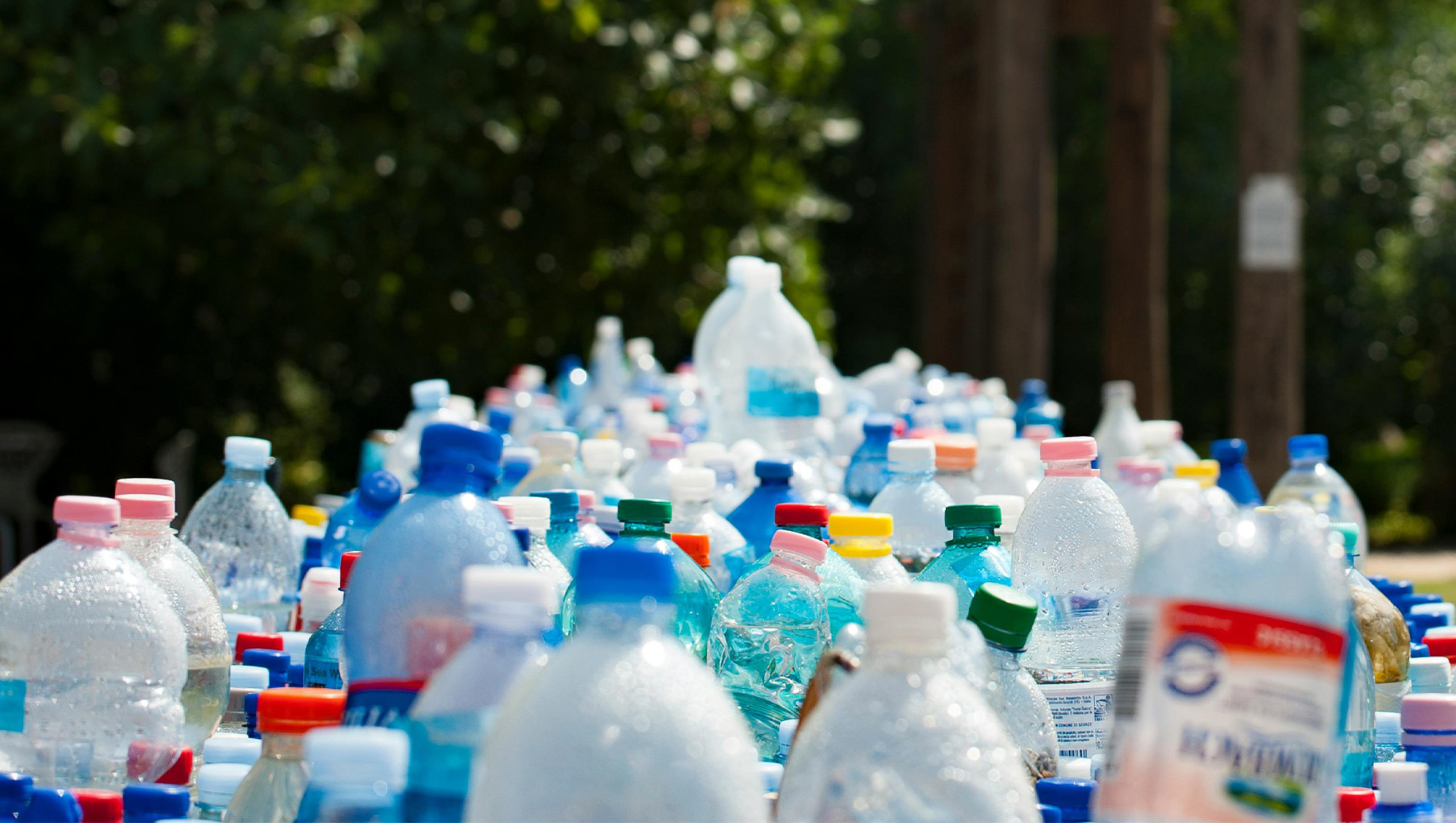This blog is authored by Elena Morales-Grahl, a postbaccalaureate fellow within the Gore Lab led by Center for Health and Environment: Education and Reserach steering committee member Andrea Gore.
What are microplastics?
Plastics are incorporated into every part of our lives and our world, from the medical and scientific research fields, to food storage and our clothes. Plastic has brought us products that would’ve been unimaginable before its existence, but with it comes its pollution. When referring to plastic pollution, scientists focus on the different sized pieces at which plastic breaks down: macroplastics (>0.5 cm), microplastics (<0.5 cm), and even nanoplastics (<0.0001 cm).

Any and all of these can have harmful effects on our environment and health, but what makes microplastics (and their smaller counterparts) even more worrisome is their ability to pass through water filtration systems, entering our water sources, lakes and the ocean. Microplastics come from two main sources: larger pieces of plastic that degrade into smaller pieces (for example, tires that erode as they are used) and premade microplastics such as glitter, or microbeads used in cosmetic products, such as exfoliants and toothpaste. Unfortunately, because of our wide use of plastic, microplastics are widely found in our air, water, soil and even in bodies of humans and wildlife.
Why are microplastics harmful?
One reason microplastics are harmful to humans and other organisms is because they can carry substances called endocrine-disrupting chemicals, so named because they disrupt or act like our hormones. Hormones play important roles in all sorts of processes in our body. For example, the hormones leptin and ghrelin help tell us when we are hungry or full. The hormone melatonin is important for sleep. The sex hormones estrogen and testosterone are important for reproduction and development. EDCs in microplastics can send signals to our body at the wrong time or in the wrong amount, leading to health problems. The evidence is clear: EDCs found in microplastics are linked with poor health outcomes, from cancer to fertility issues to mental health disorders.
What can we do about microplastics?
A widespread international shift in our society’s use of plastic is necessary to break the cycle of these pollutants in our environment. The key properties of plastic, including flexibility, durability and lightweightness, make them essential for products such as medical tubing and laboratory equipment. Some steps include removal of unnecessary plastic, improvements in recycling and replacing chemicals in plastic that are known to be EDCs. We need to be wary of alternatives that have not been verified by a third party, and new chemicals and materials should undergo rigorous testing to ensure safety for our health and the environment.
In 2022, the United Nations Environment Assembly adopted a resolution referred to as the Plastics Treaty to develop a legally binding program to end plastic pollution. The hopes are that this plan will be completed by the end of the year. At a more local level, you can write to your state and city representatives, making them aware that you care about plastic pollution, and that you would like to see efforts to reduce plastic use. You can also take action in your own household by purchasing fresh local produce, avoiding food and beverages in plastic or plastic coated packaging, and not drinking or eating out of plastic containers that have been heated.